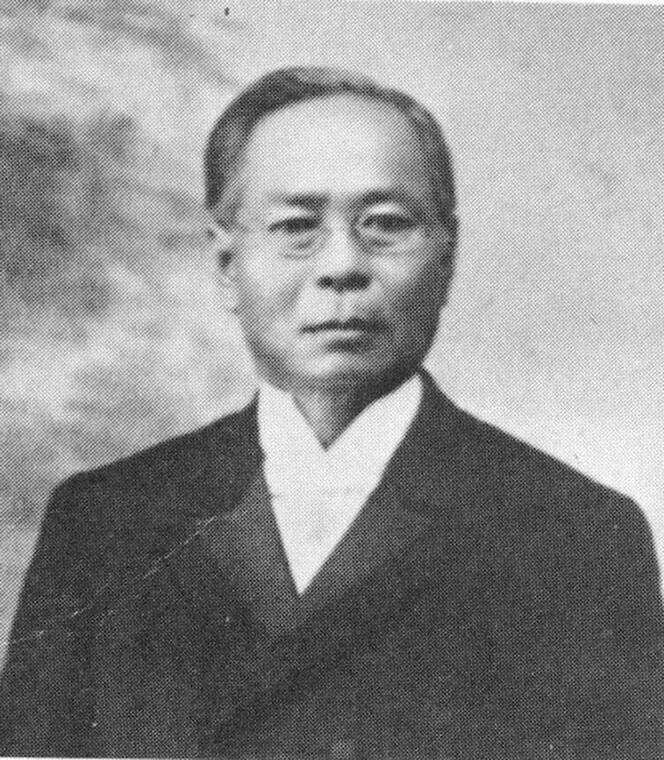Leong Pah On (1848-1924) arrived in Honolulu from China at the age of 16 in 1864, during a time when rice was being planted in the islands to supply the needs of nearly 35,000 Chinese in California and about a 1,000 Chinese in Hawai‘i, who relied on rice as their staple food.
He soon moved to Kaua‘i and went to work growing rice in the upper Waimea Valley.
A while later, Valdemar Knudsen, then the konohiki of a vast area of west Kaua‘i, befriended him and allowed him to grow rice on his Mana lands that were too marshy for sugarcane.
At Mana, the hardworking Pah On planted rice in mud flats along the lihi of a natural, 1,800-acre swamp.
He also leased other lands, dug ditches to drain off stagnant water, acquired water buffalo to plow his fields, used horses to tramp out the rice on threshing platforms, and rented Kekaha Sugar Plantation railroad cars to transport rice to the Waimea wharf for shipment.
In 1898, Pah On also bought and restored an abandoned rice mill in Waimea that stood where the present Waimea library is now located.
Eventually, he cultivated over 600 acres of rice and became known as “Kaua‘i’s Rice King,” one of the most successful rice planters in all of Hawai‘i.
Pah On Camp, where about 100 of his workers lived, was located for many years in Mana on the makai side of the old Government Road just below Niu Valley, while Pah On’s home was at Mana Camp.
Pah On also cooperated with neighboring sugar planter, H. P. Faye.
During the slack season, for example, after the Pah On’s rice had been planted or harvested, Pah On would loan Faye men for a fee to work in Faye’s sugarcane fields or dig wells.
Leong Pah On continued in the rice business until 1922.
Not long afterward, Hawaii’s once profitable rice industry collapsed when rice farmers in California, using modern machinery on vast farms, were able to sell their rice at lower prices than Hawaiian rice.
Leong Pah On and his wife, Mary, had three sons and five daughters.





